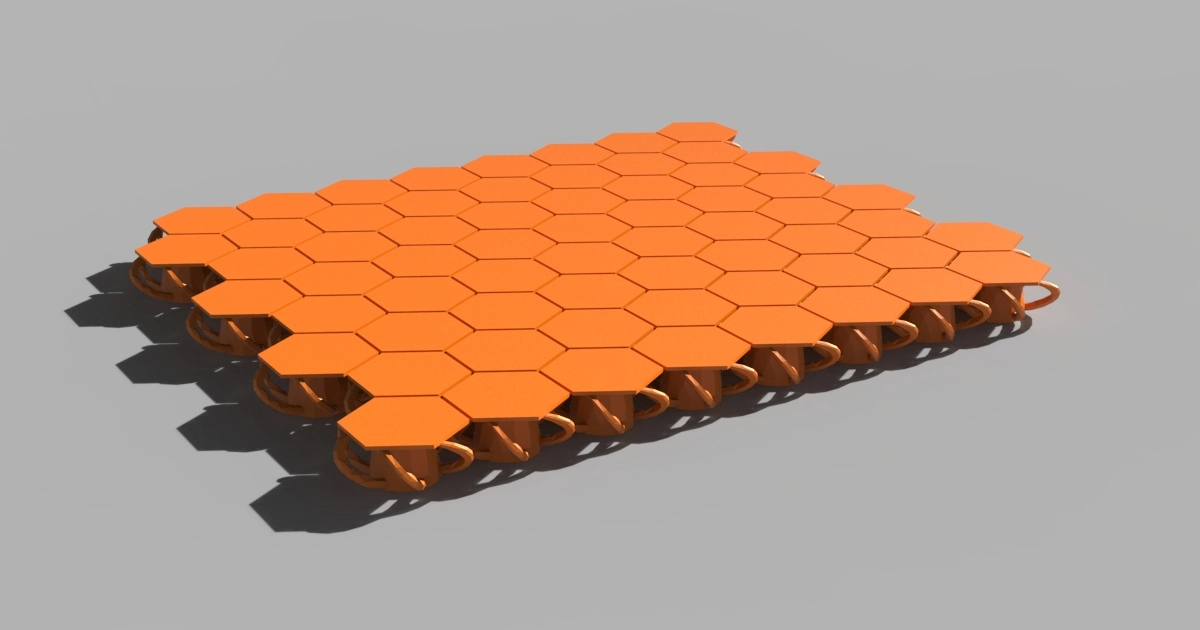NASA Fabric: 3D Parametric Model
The parametric 2D-3D model you’re describing involves NASA’s fabric with hexagonal patterns, designed to act as a super-strong shield, protecting astronauts and spacecraft from hazards in outer orbit. The fabric itself, though not functionally special, serves as a protective layer against heat and debris.
NASA’s innovations have made aerogel practical for clothing. Originally extremely brittle, silicon aerogel can now be used in robust and flexible composites. Aerogel stands out as one of the lightest materials known and one of the world’s best insulators.
The proposed material is primarily composed of nickel, cobalt, and chromium, infused with nano-sized particles of yttrium ceramic oxide, resulting in an Oxide Dispersion Enhanced Alloy (ODEA).
This customizable model allows you to adjust parameters independently. Additionally, the viewer can be utilized to showcase products using 3D models, demonstrating a compelling example of customization, enabling visualization, and automation of individualized products for mass production.
The intended material is plastic
The following parameters are adjustable:
Diameter : min(11) - max(15)
Thickness: min(1.1) - max(1.3)
Height: min(6.8) - max(7.5)
Count Horizontal: min(1) - max(15)
Count Vertical: min(1) - max(15)
Category
Consumer goods
License
Commercial, Requires Attribution
Formats
